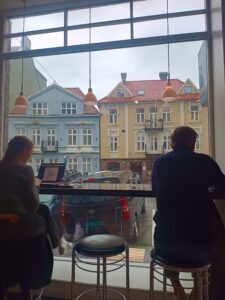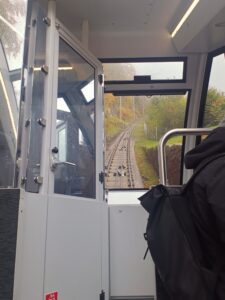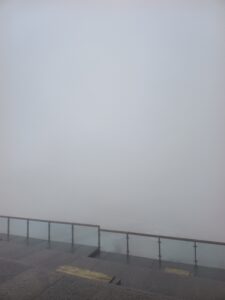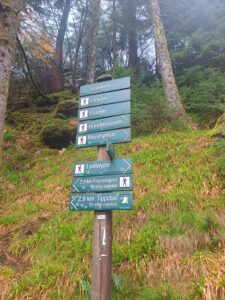Bergen’s geography and landscapes are scenic views and I consider them integral to the city’s cultural heritage. For me, fully experiencing this nature was key to understanding Bergen’s city’s culture. The city and the character of Bergen, much like its landscapes, is dynamic, evolving, and deeply intertwined with the natural world that cradles it.
Bergen, Norway’s second-largest city, is not only renowned for its cultural scene but also for how its geography and natural landscapes have shaped its history and identity. That’s why, during my visit, I made it my mission to explore as much of Bergen’s natural beauty as possible.



 . .
. . 

The Fjords and Maritime Heritage
Bergen’s location at the gateway to some of Norway’s most famous fjords, like Sognefjord and Hardangerfjord, makes the sea a central part of the city’s identity. As I strolled through the city center, with the Hanseatic wharf of Bryggen towering above me, I could spot that the sea has always been Bergen’s lifeline and identify its role as a major trading port during the days of the Hanseatic League can be identified today in Bryggen’s historic wooden buildings. The city’s economy, culture, and everyday life have long been connected to the fjords and the vast ocean beyond.
Mountains and Outdoor Culture
After a day of exploring, I was drawn toward Mount Fløyen. I initially took the funicular, but in true Bergen fashion, but then I also opted to hike up the mountains instead. Bergen’s seven mountains, particularly Fløyen and Ulriken, form a natural embrace around the city, and as I climbed, I could see how the mountains are not just a scenic backdrop, but deeply embedded in the city’s outdoor culture.
Bergen’s love for the outdoors became apparent as I passed locals and tourists alike, all drawn to the mountains for hiking, cycling, and a breath of fresh air. The view from the top of Fløyen, overlooking the city, fjords, and forests, was breathtaking, and I could see why these trails have been a part of Bergen’s culture for generations. The mountains not only offer physical escape but also emotional connection to the natural world—something that’s been preserved as part of the city’s cultural identity. And that’s exactly why I focused on seeing as much of this natural beauty as possible during my stay. Each walk revealed another layer of Bergen’s relationship with its landscape.


Hestekum (Trough for Horses)
The sign explains that this trough was originally built for horses by the Bergen Forestry and Tree Planting Society in the year 1890. At the time, roads were steep and horse-drawn carriages needed water stops along the way. This particular trough was placed in the Fløen area, which lies along one of the most traveled routes for horse carriages between Bergen and Fløien.
“This simple piece of history sheds light on how vital horses were to daily life and transportation in Bergen’s past, before cars took over. As part of a network of horse stops, this trough is a small but significant remnant of a time when horses played a central role in how people moved through”. It’s interesting to see how the practical needs of the past are memorialized along hiking paths today, blending the city’s historical and natural heritage.


The Views…




My highest point…


